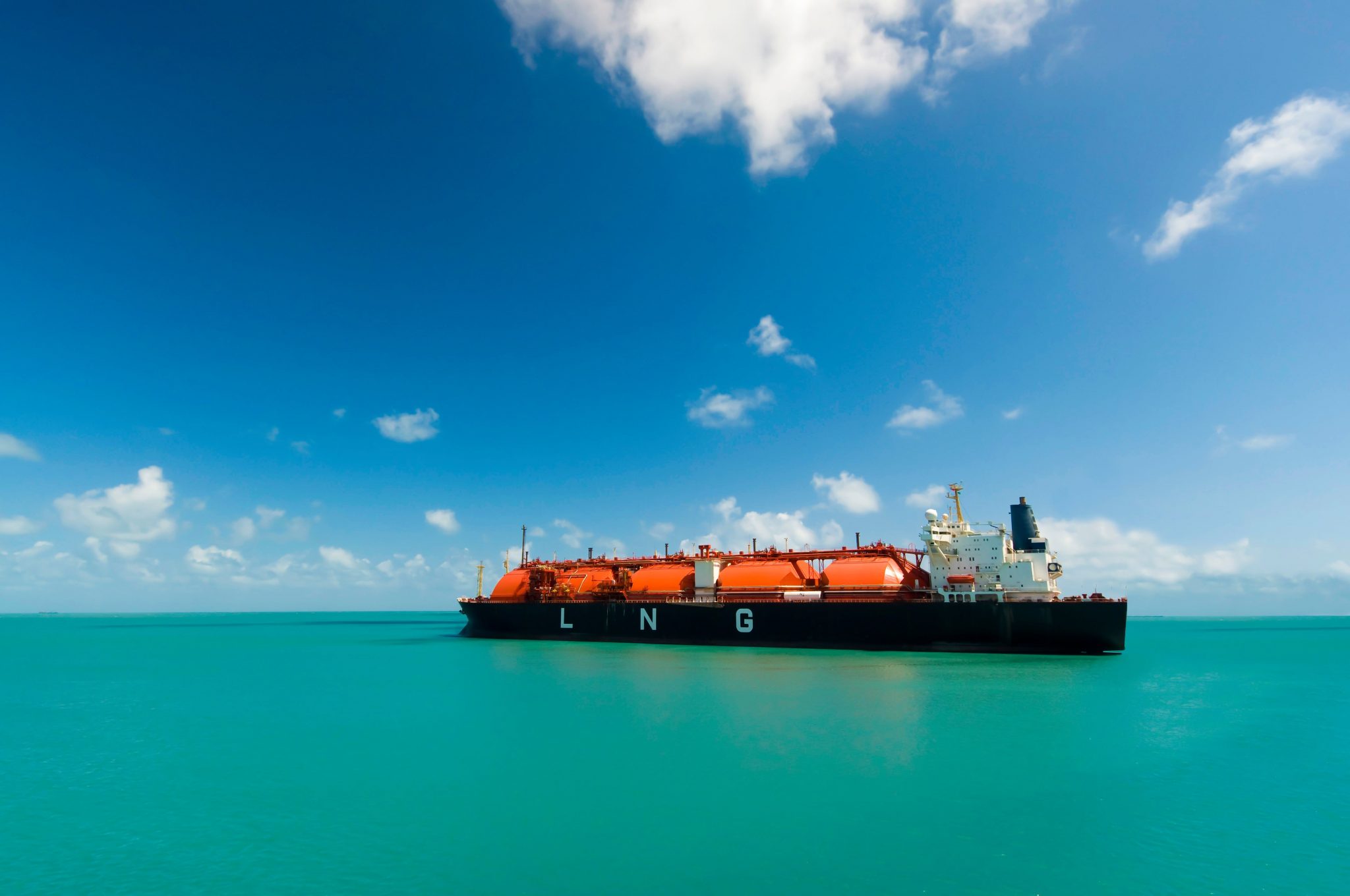
LNG market faces supply strains
The IEA’s Q3 2024 report highlights supply constraints, Asian demand growth and rising freight rates reshaping global LNG trade and shipping dynamics
The latest IEA Gas Market Report for Q3 2024 presents a mixed picture of the global LNG market, characterised by supply constraints, volatile prices and growing demand centred around Asia.
The report outlines that LNG production underperformed in Q2 2024, while Asian demand surged, reshaping global LNG trade flows. These shifts, in turn, are having a profound impact on LNG shipping and freight rates.
In the first half of 2024, LNG supply growth slowed considerably, increasing by a mere 2% year-on-year. This marked the first contraction in LNG production since the global Covid-19 lockdowns in 2020.
According to the IEA, “LNG output fell by 0.5% in Q2 2024, driven by a combination of feed gas supply issues and unexpected outages.”
This shortfall was particularly evident in the United States, where production challenges at key liquefaction plants such as Freeport LNG hampered growth.
Similarly, African LNG supply contracted due to declining production in Egypt, where exports plummeted by 75% during the first half of the year.
Despite these supply challenges, the LNG market saw a surge in demand from Asia.
The IEA notes, “Asia accounted for around 60% of the increase in global gas demand in the first half of 2024,” with China and India leading the growth.
China’s LNG imports increased by 18%, setting the country on a trajectory to surpass its previous record for annual LNG imports. India followed closely, with a 31% rise in LNG imports, driven by lower spot prices.
These increases in demand have resulted in a reallocation of global LNG cargoes, redirecting flows away from Europe and towards Asian markets, leading to longer shipping routes and increased pressure on LNG freight rates.
The sharp rise in Asian demand comes at a time when European LNG imports have notably declined. Europe’s LNG intake fell by nearly 20% in the first half of 2024, a trend driven by lower demand, high storage levels, and an increase in piped gas deliveries.
As the report highlights, “The share of LNG in Europe’s total primary gas supply fell from 39% in H1 2023 to 33% in H1 2024.”
This reduction has been further exacerbated by geopolitical uncertainties surrounding Russian piped gas supplies, which continue to add volatility to the market. The redirection of LNG cargoes from Europe to Asia is shifting trade patterns and impacting shipping logistics, with carriers needing to optimise for longer voyages to meet the surging Asian demand.
Price volatility has also become a hallmark of the LNG market in 2024. While gas prices fell to precrisis levels during the first quarter of the year, they rebounded sharply in the second quarter due to tighter supply-demand fundamentals.
“Natural gas prices increased across all key markets in Q2 2024,” according to the IEA report.
This resurgence in prices has impacted LNG freight rates, with the demand for shipping services rising in tandem with increased Asian demand and extended shipping routes.
The need for more LNG carriers to meet these shifting market dynamics is likely to push up spot charter rates, adding further complexity to the global LNG shipping sector.
Looking ahead, LNG supply is expected to improve in the second half of 2024, with new liquefaction projects coming online in the United States and West Africa.
The IEA forecasts “Year-on-year growth in LNG supply is expected to accelerate during the second half of 2024.”
Notable capacity expansions include the Freeport LNG expansion and the start-up of the Tortue FLNG facility off the coast of West Africa. According to the latest IEA report, the LNG facility developments are anticipated to ease some of the supply pressures that have constrained the market and the anticipated rise in exports from new projects will be welcome news for LNG shipping companies.
The interplay between supply constraints and demand growth in Asia presents both opportunities and challenges for LNG shipping. While new liquefaction capacity will help address some of the supply issues, the market remains tight, and freight rates are expected to remain elevated due to the longer voyages required to serve the booming Asian markets.
The IEA’s outlook underscores the need for flexibility within the LNG shipping sector, as carriers must adapt to evolving trade routes and fluctuating market conditions.
As the IEA notes, “The limited increase in global LNG supply will restrain growth in import markets,” particularly in Europe, which continues to see declining demand.
By Rivieramm , Craig Jallal / 07 Oct 2024.
